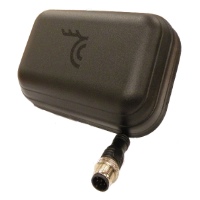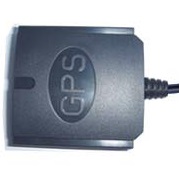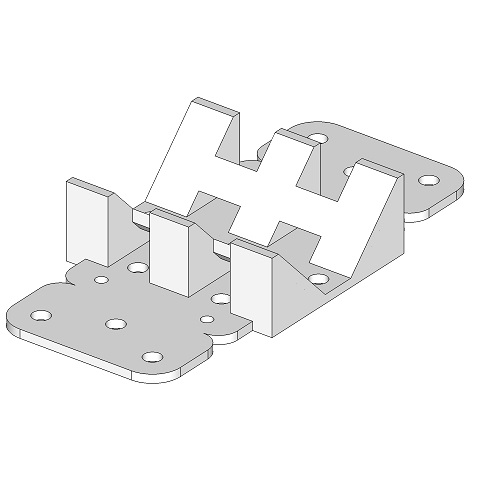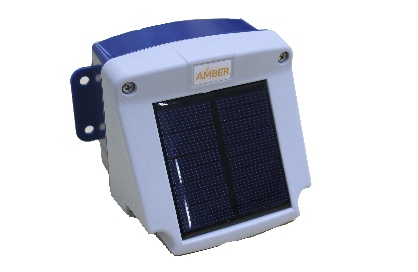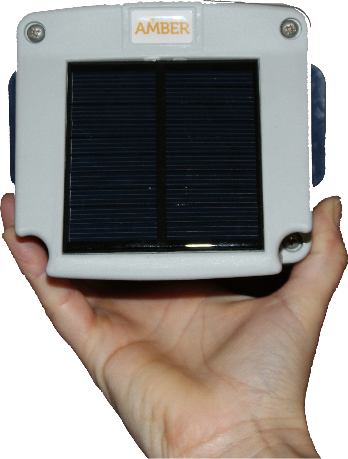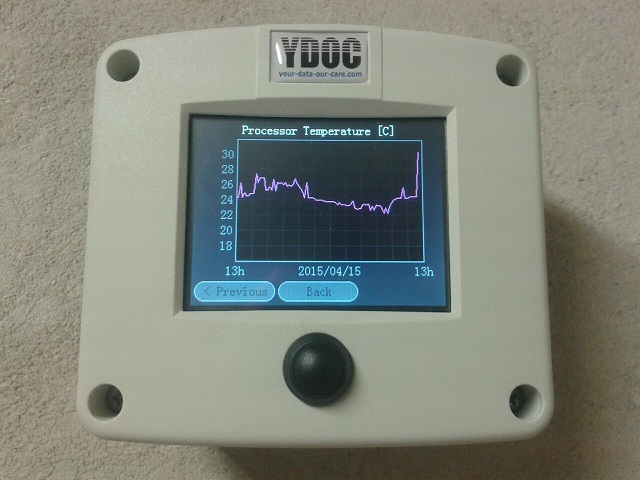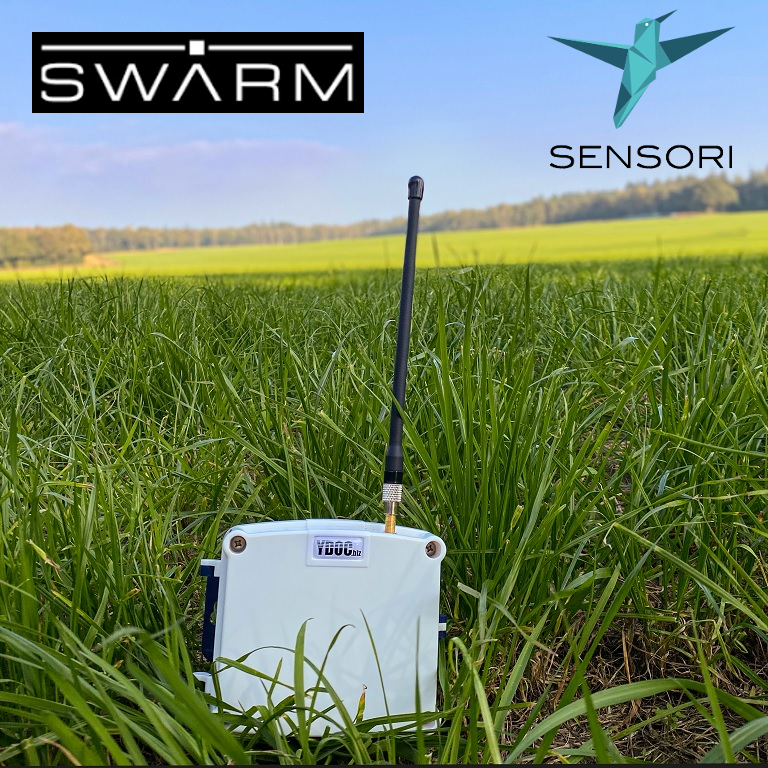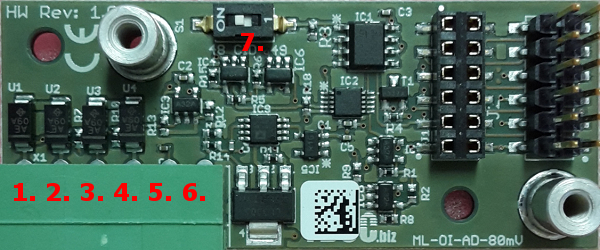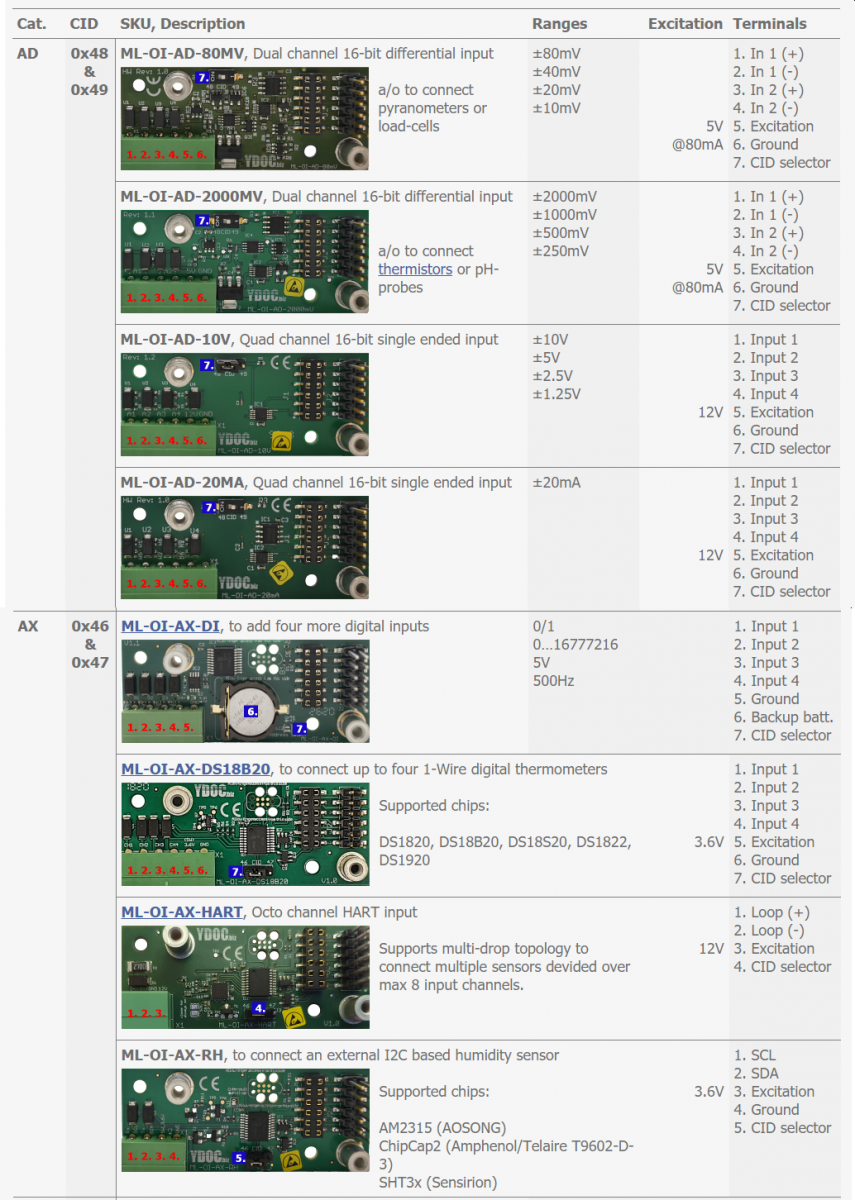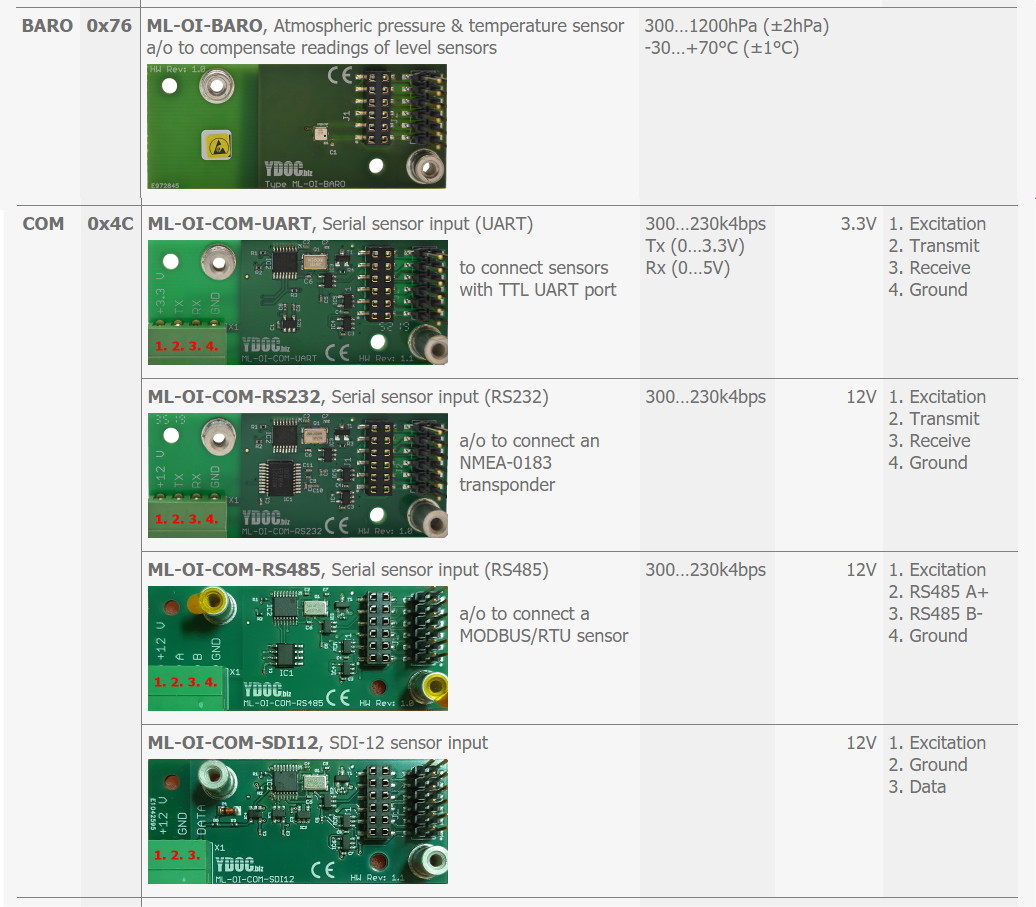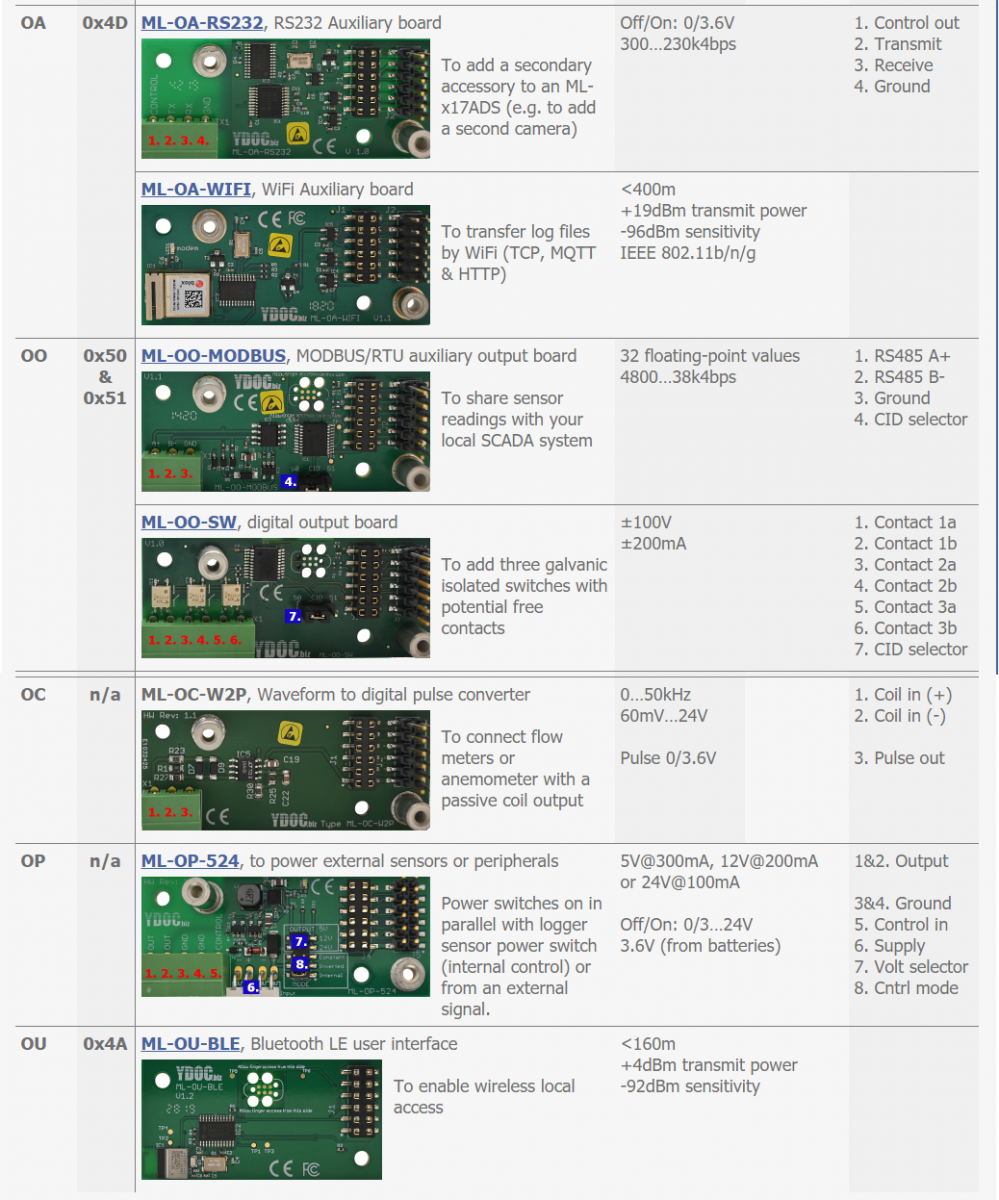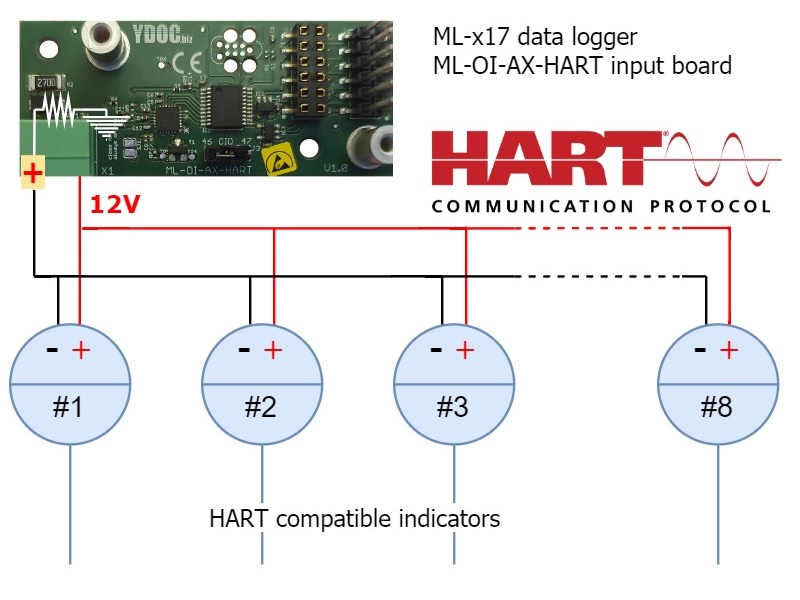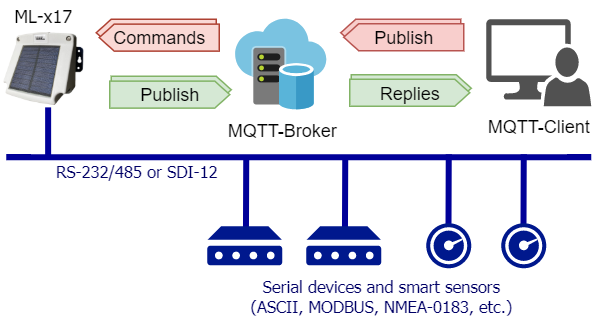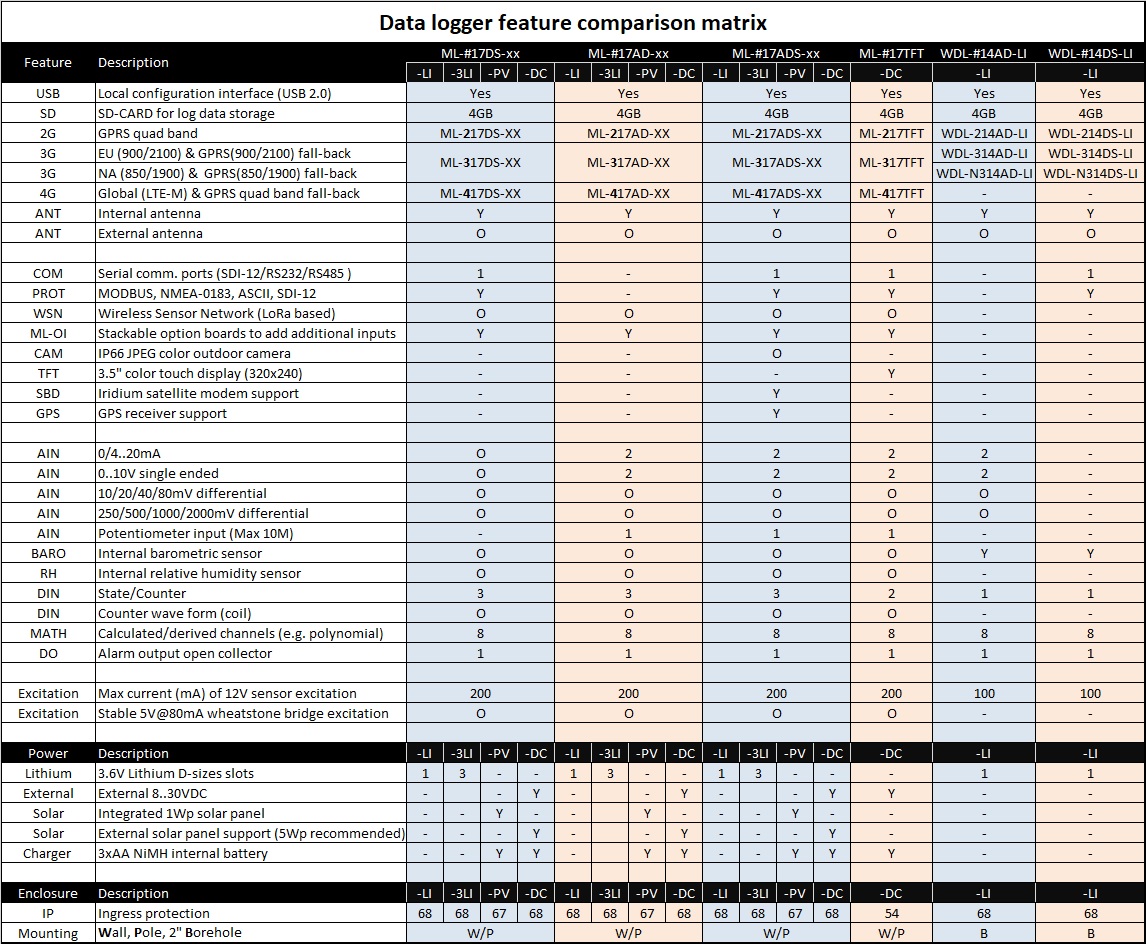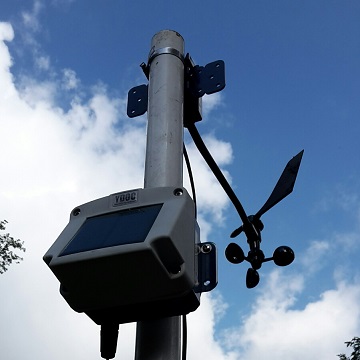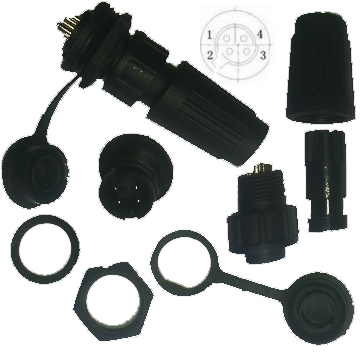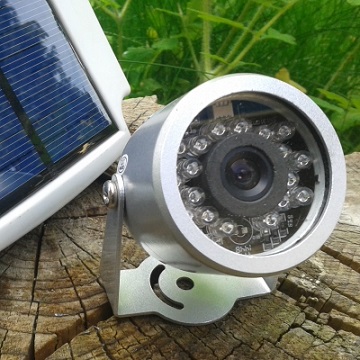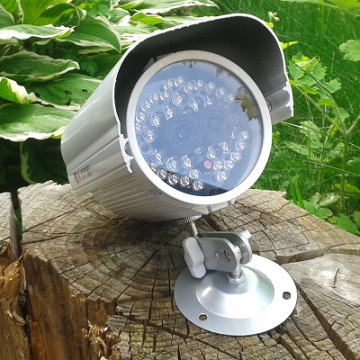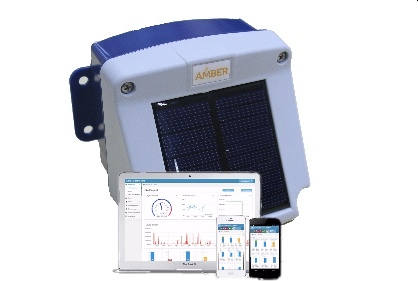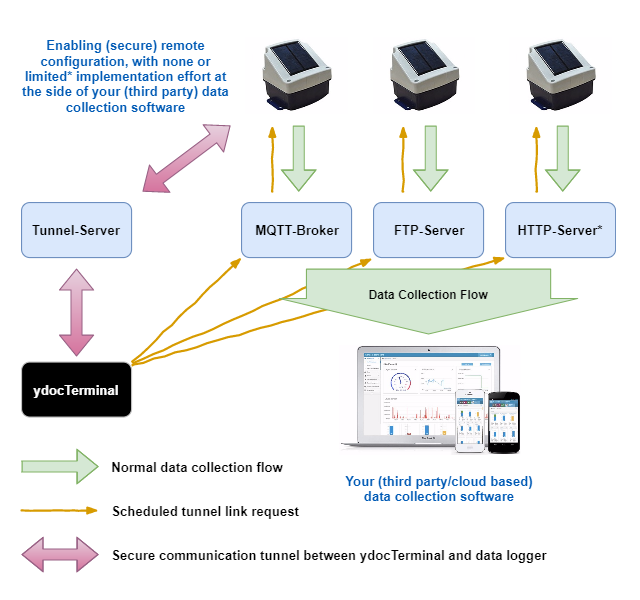Power Editions
High Capacity Lithium Thionyl Chloride - Non Rechargeable

ML-x17DS-LI, ML-x17AD-LI, ML-x17ADS-LI
A D-Size 3.6V Lithium battery powered ML-x17 with blind cover (Using a SAFT-LSH20 or GEBC-ER34615M battery is recommended)
This edition is best suitable for monitoring with longer log intervals >=1h and transfer intervals >=4h.
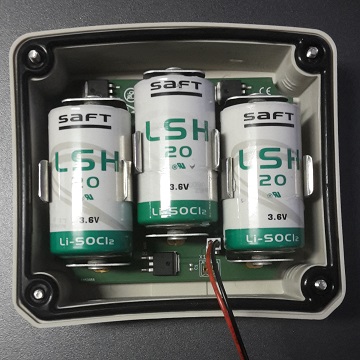
ML-x17DS-3LI, ML-x17AD-3LI, ML-x17ADS-3LI
Same as above, but equipped with D-size holders to host up to 3 Lithium SAFT LSH20 batteries safely, with a combined lossless capacity of 39000mAh
The ML-COVER-3LI is a power provision cover fitting our ML-x17 off-grid 2G/3G/4G data loggers to power a data logger from up to 3 D-Size Lithium SAFT LSH20 batteries safely, with a combined lossless capacity of 39000mAh.
Although our off-grid data loggers are designed to be as low power as possible, running it from just one single Lithium battery, due to the power demand of mobile communication, has its limits. If you have an application requiring 1 or 2 remote data updates each day a single battery powered data logger can run for years. When you need multiple remote data updates each day, then our data logger with tiny integrated 1Wp solar panel has proven to be a very suitable solution, assuming the data logger can be mounted outside facing the sun. If for obvious reasons a solar powered solution is not possible, then you could consider the use of a lithium battery pack. This is however something to consider with caution!
Lithium batteries are having a high energy density and when used without caution, they can turn into dangerous devices. If you put multiple Lithium batteries with all having the same state of charge in parallel, then it could work, but using it like that is strictly discouraged by the battery manufacturer.
The common save way to put batteries in parallel is by using diodes, but they come with a price. Although battery capacity is specified in mAh’s, it stores energy (mWh’s) and the diodes will dissipated a serious portion of this precious energy. The nominal voltage of a SAFT LSH20 is 3.6V@2mA, but during data logger operation load the voltage drops to 3.5V. A Shottky diode has a forward voltage of 0.3V, so a single diode will dissipate 8.5% of the stored energy. And because the voltage towards the logger drops, the electronics need to draw at least 8.5% more current to compensate the voltage drop. So using diodes will virtual reduce the capacity of a battery by almost 20%. When placing two Lithium’s (with two diodes) in parallel, the capacity increase will be about 65% instead of the expected 100%.
The solar energy industry is experiencing the same kind of problems as blocking and by pass diodes are causing significant system losses. The semi-conductor industry reacted by developing a so called “smart diode”. A “smart diode” is a chip containing comparators, a FET and a regular diode. When the input voltage is lower than the output voltage the FET will not conduct, the battery will not contribute to the energy demand and the regular diode will block the possible reflux from other batteries. When the input voltage is higher than the output voltage, the FET will start to conduct and the battery will contribute to the energy demand. The forward voltage over the FET is just 26mV instead of 300mV.
The ML-COVER-3LI is making use of such “smart diodes” and having three D-size battery holders. You can choose the insert one, two or three Lithium batteries to reach a combined capacity of 39000mAh. When even more capacity is required, multiple boards can be arranged in parallel as well.
Please use our online Data logger power consumption calculator to estimate the battery life of your application.
Specifications
- Power bank
› 39000 mAh capacity (when using 3 batteries).
› 3x D-size havy duty battery holder.
› 3x "smart" diode for lossless safe operation.
› Reverse battery protection.
› Designed for 3.6V SAFT-LSH20 or GEBC-ER34615M lithium batteries or equivalents only.
› Batteries are not included.
- Enclosure
› IP68 (30min@2m) waterproof enclosure.
› UV stabilized polycarbonate.
› 130x120x40mm, 275g.
› Silicone gasket
› 4x stainless steel (A2/W4/304) M4 bolt (25mm)
Solar Powered Editions
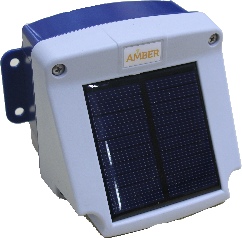
ML-x17DS-PV, ML-x17AD-PV, ML-x17ADS-PV
An ML-x17 with cover with integrated 1Wp tiny solar panel charging 3x AA NiMH batteries (Using LSD NiMH batteries with a minimum capacity of 2000mAh, like GP Recyko+ or Sanyo Eneloop, is strongly recommended). The batteries are protected against damage by over charging by the dimension of the panel and from damage by depletion by temporarily switching off the power to the logger, giving the sun the chance to replenish the batteries.
The PV-cells are encapsulated in ETFE sheet, which is the perfect material as it is heat resistant (up to 150°C) and does not deteriorate by UV-rays (UV-rays are passed thrue and contribute to the energy harvesting). The PV-cover is rather maintenance free as the ETFE surface is non-sticky and therefor self-cleaning (dust is easily blown off by wind and dirt washed away by a rain shower).
This edition is best suitable for monitoring with moderate log intervals >=5 min and transfer intervals >=15 min.
ML-x17DS-LFP, ML-x17AD-LFP, ML-x17ADS-LFP
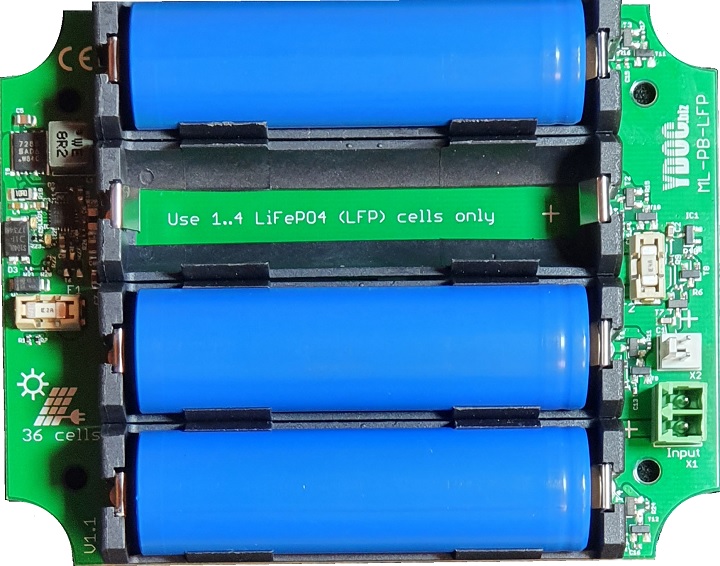
An ML-x17 powered from 1 to 4 LiFePO4 18650 3.2V cells. The integrated charger can be used to charge the internal batteries from an external 36-cells 12Vnom/21Voc solar panel.
This edition is best suitable for applications with power hungry sensors for monitoring with low log intervals
The ML-COVER-LFP is a power provision cover fitting our ML-x17 off-grid 2G/3G/4G data loggers. An ML-x17 can be powered from 1 to 4 LiFePO4 18650 3.2V cells, which can be charged by connecting an external solar panel.
This power provision might be a convenient alternative, if your application needs a bit more energy storage than three AA NiMH batteries can provide, but you want to avoid using an external 12V battery.
LiFePO4 is a stable and safe battery chemistry with an excellent cycle life (over 1000 cycles at 100% DOD and thousands at 80% DOD). The energy round trip efficiency is much better than that of NiMH or Lead Acid batteries, so you can yield more energy from a same sized solar panel.
Please use our online Data logger power consumption calculator to estimate the battery life of your application.
Specifications
- Batteries (not included)
› Chemistry: LiFePO4 (LFP)
› Cell voltage: 3.2V Nominal
› Cell type: 18650
› Holders: 4, up to 7200mAh (23Wh)
- Charge controller
› Cell over charge protection
› Cell charge temperature protection
› Cell low voltage protection (auto output switch-off at 2.5V)
- Solar input (X1)
› Number of cells: 36
› Nominal voltage: 12V
› Open circuit voltage: 21V recommended (18V..28V)
- Outputs (X2):
› 3.2V to power the data logger.1)
- Enclosure part
› IP68 (30min@2m) waterproof enclosure.
› UV stabilized polycarbonate.
› 130x120x40mm, 275g.
› Silicone gasket
› 4x stainless steel (A2/W4/304) M4 bolt (25mm)
1) You have to set the "Battery (protection & lifespan)" property in the ML-x17 to "Rechargeable LFP" to prevent the data logger to fall into a continuous deep sleep (NiMH battery protection mode)!
ML-x17DS-SLA, ML-x17AD-SLA, ML-x17ADS-SLA
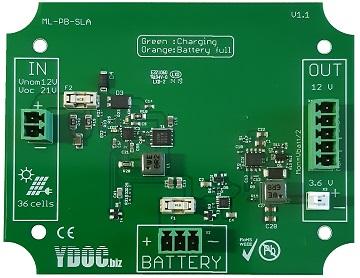
An ML-x17 to be powered from an external 12V Sealed Lead Acid/LiFePO4 battery, the integrated charger can be used to charge the 12V battery from an external 36-cells 12Vnom/21Voc solar panel.
This edition is best suitable for applications with power hungry sensors, sensors that require continuous power or for monitoring with fast transfer intervals <=5 min.
The ML-COVER-SLA is a power provision cover fitting our ML-x17 off-grid 2G/3G/4G data loggers to power a data logger from a 12V battery and to charge the battery from an external solar panel.
We designed our remote data loggers to be cost effective and low power, but as they are feature rich and practical in use as well, we see a growth in deployment in more power demanding monitoring applications. Think of applications with power hungry sensors or sensors that need to be powered continuously. In such applications a bigger battery, then just three AA NiMH batteries, is inevitable. An external 12V battery could already be connected to an ML-x17yy-DC data logger, but it required an additional charge controller. We have designed a new power supply option with integrated 12V battery charger to cut-out the cost of an external charger and to reduce installation costs as well, all you need is an ML-x17yy-SLA, your sensors, an external 12V battery and a solar panel.
Please use our online Data logger power consumption calculator to estimate the battery life of your application.
Specifications
- Charge controller
› Battery over charge protection
› Battery low voltage protection (auto switch-off/on outputs at 11V)
› Charge current: 2A maximum
- Solar input (X1)
› Nominal voltage: 12V
› Open circuit voltage: 21V recommended, 30V maximum
- Battery input (X2)
› Voltage: 12V nominal
› Supported chemistry: SLA (Sealed Lead Acid) or LiFePO4
› Capacity: 2.7Ah minimum, no maximum
- Outputs (X3 & X4):
› Regulated 3.6V to power the data logger
› Unregulated 12V (from battery) to continuously power external devices 1)2)
› Battery voltage monitoring 3)
- Enclosure part
› IP68 (30min@2m) waterproof enclosure.
› UV stabilized glass fiber enforced poylamide66.
› 130x120x40mm, 275g.
› Silicone gasket
› 4x stainless steel (A2/W4/304) M4 bolt (25mm)
1) Sensors that only require power during sampling should be powered from the 12V power switch of the ML-x17.
2) Sensors that require continuous power could be connected to the terminals of a 12V battery directly as well, but its better to connect them to the outputs of the charger board as they will be switched of in case of a depleted battery to avoid damaging the battery.
3) The battery voltage monitoring pin reflects the battery voltage divided by 2 to be able to connect it to a 10V analog input of an ML-x17 (Don"t forget to multiply the measured value by 2 again).
Tip) Small capacity 12V batteries like the Pbq 2.9Ah could fit into an empty ML-x17 enclosure (ML-BOX + ML-COVER), if their dimensions stay within 92x74x64, 112x74x64 or 92x98x64 mm.
DC Powered Editions

ML-x17DS-DC, ML-x17AD-DC, ML-x17ADS-DC
An externally 8..28V DC powered ML-x17 with blind cover.
This edition is best suitable when a reliable external DC source is easily available or for monitoring with low log intervals
ML-x17DS-DC-LI, ML-x17AD-DC-LI, ML-x17ADS-DC-LI
As above but with a D-Size 3.6V Lithium back-up battery holder (Using a SAFT-LSH20 or GEBC-ER34615M battery is recommended).
This edition is best suitable when a external DC source is easily available but suffering from occasional outages.
ML-x17DS-DC-NM, ML-x17AD-DC-NM, ML-x17ADS-DC-NM
An externally 8..28V DC powered ML-x17 with blind cover and charging circuit for 3x AA NiMH (backup) batteries. The charging circuit protects the batteries from damage by over charging.
This edition is best suitable when a (non continues) external DC source is easily available or for monitoring with low log intervals
Tips: When using solar panels we recommend to use panels with a VOC of 17V or higher as well as panels not smaller than 3Wp. We also recommend to use LSD NiMH AA batteries with the highest capacity available (2600 mAh).
